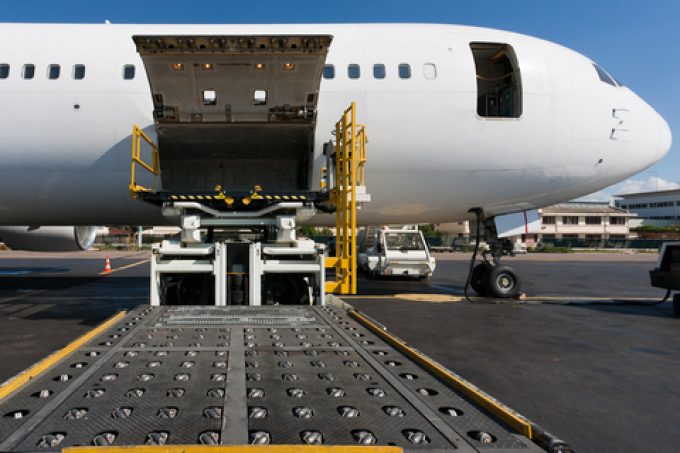AD Ports launches Erkport JV, but loses out over Alsancak terminal
It’s been a couple of days of mixed fortunes for fast-growing UAE ports and logistics ...

US operator Ascent Global Logistics had a busy October and November, and December is likely going to be even more intense.
The reason is not the seasonal shopping frenzy, but plenty of urgent shipments for the automotive industry – especially for the ’big three’ Detroit auto ...
Predatory rivals circle as the ripples from DSV's Schenker buy widen
MSC Elsa crew face criminal probe, as Wan Hai 503 firefighters battle on
Latest Israeli attack on Iran a threat to box ships in Straits of Hormuz
Industry concerns rise after yet another box ship on fire off Indian coast
'It's driving us mad', say forwarders as US court fails to end tariff turmoil
European port congestion easing – for now
More legal trouble in India for MSC: feeder vessel detained after box ship disasters
MSC to hold 15% global container terminal market share after Hutch buy
EXCLUSIVE: The good old DSV, 'Winning as One' – all Schenker top dogs out (Part 2)
EXCLUSIVE: Schenker top exec departs 'One DSV' – fishing continues (Part 1)
DHL makes €500m bid to increase its presence in 'fast-growing Gulf markets'

Comment on this article